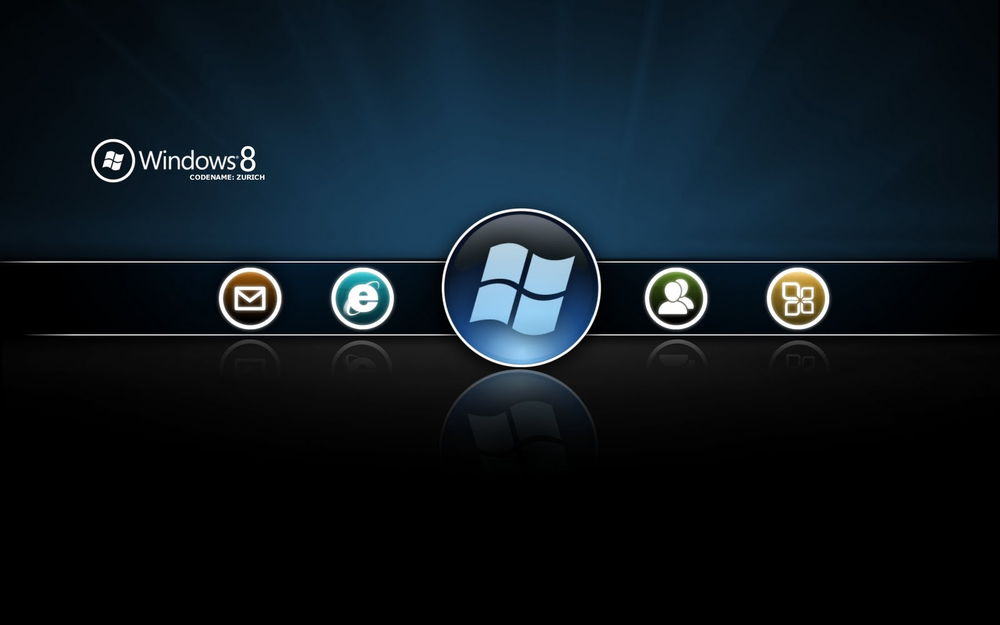I’m Going To Hate Windows 8
In my years in the tech industries, I have tested just about every kind of software and hardware there is. Usually so I can write about them, or help to make sense of their underlying concepts.
Mar. 17, 2012

In my years in the tech industries, I have tested just about every kind of software and hardware there is. Usually so I can write about them, or help to make sense of their underlying concepts. When you live with software and hardware that is not ready for public release, you get a lot of problems and paper cuts. Which is why my column for the magazine is entitled The Bleeding Edge.
Working with stuff that can lock up your system, delete your data or cause burn spots on your monitor has led me (and others who do this for a living) to develop three basic rules:
- Backup your files and your system. Every day. Seriously.
- Read the manual, if there is one, for every single thing you hook to your computer.
- Never, ever, ever run a public test operating system from Microsoft on your work computer.
That last one is no surprise, and even Microsoft tries to tell you IN LARGE PRINT not to be so foolish. But as the release date for Windows Version 8 draws ever nearer, and I refuse to install a beta version of it, it leaves me in the awkward position of having to sift through the Microsoft news releases, videos, fanboy postings and screen shots to try to get a handle on how this new operating system will function in the real world.
And so far, I can say with some certainty that I am going to hate Windows version 8. I will not be uncomfortable having to learn a new desktop layout. I will not be put off a bit by the transition to a touch-screen environment. I will not be flummoxed by the new security features.
I will simply HATE it.
And the reason for this is that, in some insane effort to impress the thirteen-year-olds who currently seem to be the marketing targets for all things electronic, Windows version 8 is nothing more than the screen navigation you despise in Android tablets, migrated to the desktop and portable computers.
In Windows 8, the Start Button will be gone. Okay, not really gone, you can still go to the Charms bar and call up the programs that used to be available through the Start Button. Okay, tech support guy. Let’s see you train the corporation’s 10,000 employees on this…
Want to shut down your computer for the night, or restart it? Again, look for it under the Charms bar, then smear yourself with chicken blood and spin around three times under a full moon while chanting…
Well, you get the drift. And when you add to it the stupid Metro screen layout, which is nothing more than tiled shortcuts that fill your screen, and you have…a tablet operating system, completely cluttered with icons.
For those who do not remember the last time Microsoft tried to pretend that the desktop was something other than the interface to a PC, let’s set the Wayback Machine to 1997 and recall the thrilling months after Microsoft decided that Windows was really a television set — introducing the organization of desktop applications into “channels.” I understand that millions of PC users are still in therapy, trying to recover.
Nor did it end there. Shortly after the turn of the century, Microsoft decided that the PC was really nothing more than a big Internet browser, and changed everything to look like their Internet Explorer. That, too, ended mostly in a strategic retreat.
This new operating system for all of its power under the hood, is nothing more than a single cross-platform operating system designed to work the same on a cell phone screen, a tablet, a notebook and a desktop machine. After all, they are all the same thing, right?
I’m beginning to think that we need two different technology industries. The first will produce bright, shiny baubles to please the insatiably restless and trend-driven masses, and the other will produce real products that people actually use to do work. X-ray glasses to the left, enhanced keyboard systems to the right. Apps to tell you which coffee shop in an eight-block radius has the cheapest mocha lattes go to the left, apps that let you tether your cell phone to a laptop go to the right.
And so on.
This isn’t what the computing industry needs right now. Microsoft needs a solid hit on all three fronts (smartphone, tablet and PC) to beat back the Apple steamroller. It needs something to put it back at the top of its game. It needs an easy, functional, navigable operating system that puts home users and business users alike into the 21st Century.
For my money, the Metro desktop and Windows 8 will not fill the bill.
